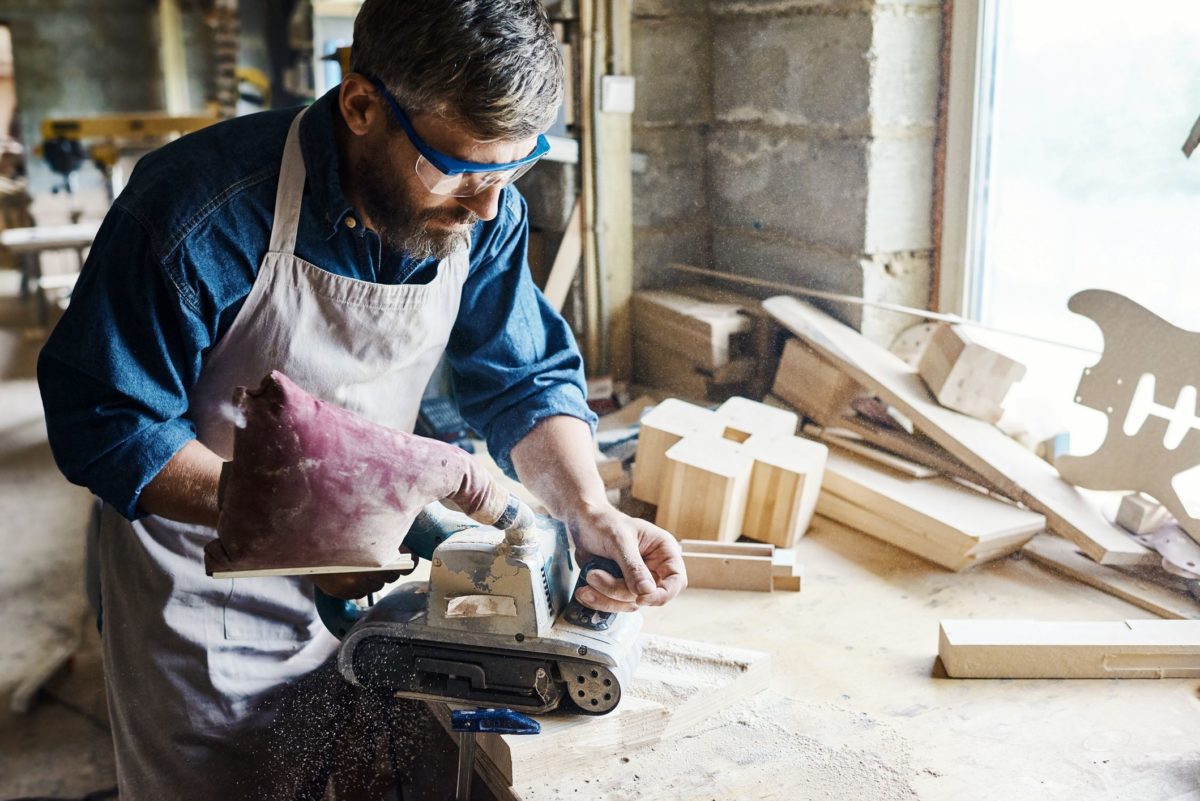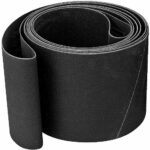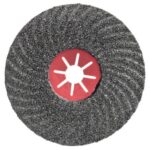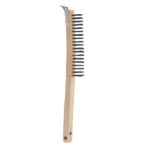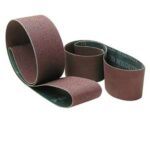Types of sanding belts and their applications
Types of sanding belts and their applications
Share:
Related Posts
Top asked questions about Sanding Belts
Top asked questions about Sanding Belts When it comes to sanding belts, there are several common questions that people often ask. Here are some of
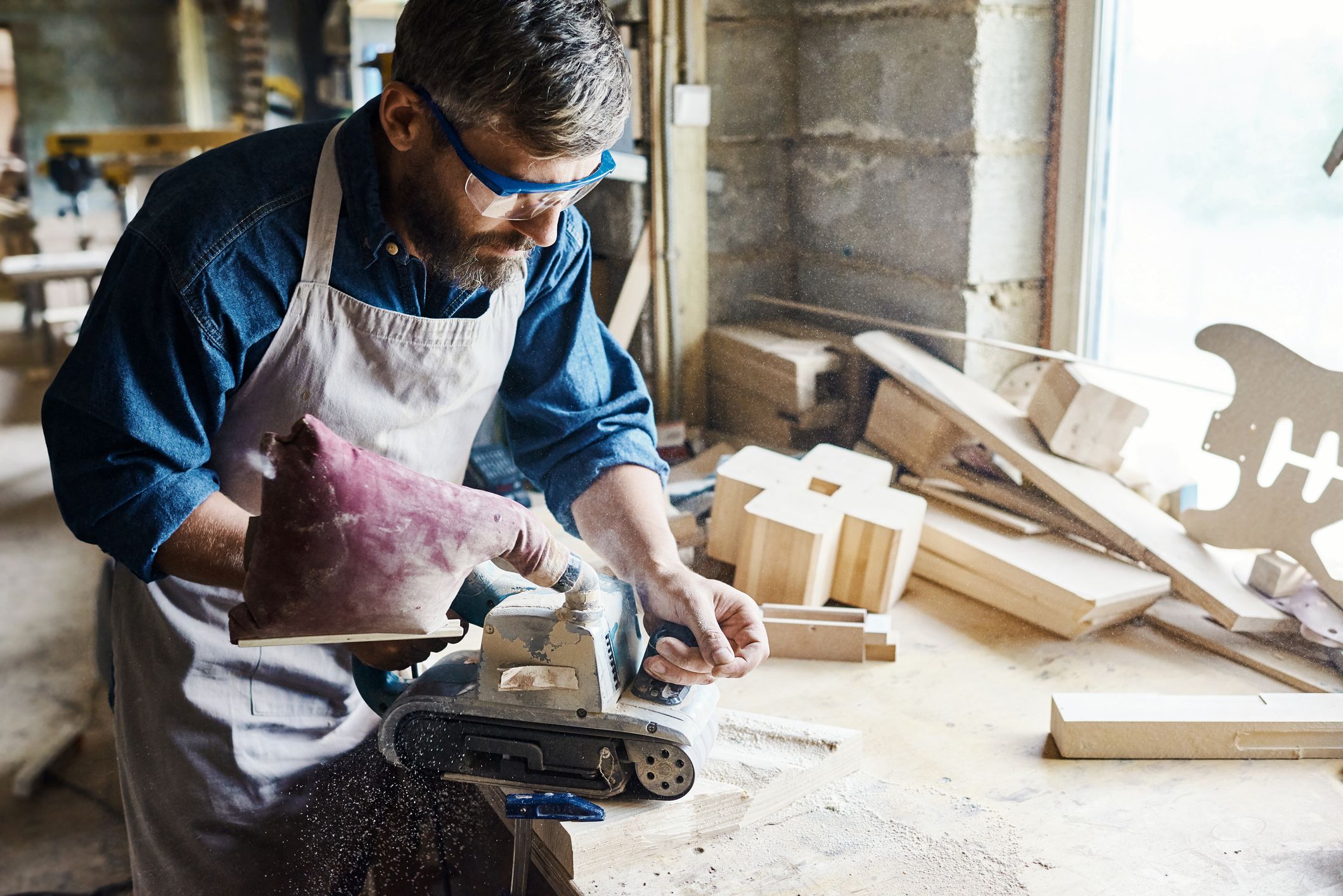
Types of sanding belts and their applications
An abrasive belt’s functioning is based on the continuous rotation of its surface on two rollers to remove enormous amounts of material and level surfaces.
An abrasive belt’s functioning is based on the continuous rotation of its surface on two rollers to remove enormous amounts of material and level surfaces. This blog will discuss the types of sanding belts based on their materials, thereby enabling you to choose the right one for the right purpose.

Aluminium Oxide Sanding Belts
Aluminium oxide is one of the most popular wood sanding belt on the market today, with a unique brown tint. Its appeal stems from the fact that it is inexpensive, long-lasting, and effective in sanding both wood and metal. This type of belt is ideal for generic-sanding usage.
Zirconia Alumina Sanding Belts
High-pressure machining and grinding operations are ideal for zirconia grain. These sanding belts, which are usually blue in colour, are far more durable than aluminium oxide belts. Zirconia belts are self-sharpening, which saves a lot of time. They are primarily utilised in steel fabrication workplaces.
Ceramic Grit Sanding Belts
These types of belts have the coolest grinding, which is critical when working with heat-sensitive materials. They have the ability to tear down surfaces in a controlled manner and they are by far the longest lasting belts. Ideal for polishing aluminium castings, finishing stainless steel, and even finishing aerospace-grade titanium alloys.
Silicon Carbide Sanding Belts
These sanding belts are likely to be coated in small blades that get the job done swiftly and effectively. They break down at a much faster pace than other sanding belt options. This implies that while these sanding belts are ideal for a brilliant cut or polishing a stone, they aren’t as suited for high-pressure grinding.
Scotch Brite Belts
Surface conditioning is a term used to describe nonwoven belts. Cleaning, blending, deburring, and finishing aluminium, stainless steel, and steel surfaces are all done using them. Because this is a fibrous sanding belt, loading and head build-up are decreased, allowing for longer working times and consistent surface finishes.
We are enthusiastic about what we do at Abrasive Industrial. You can browse our website and contact us if you have any questions about us or our goods.
Share:
Related Posts
Top asked questions about Sanding Belts
Top asked questions about Sanding Belts When it comes to sanding belts, there are several common questions that people often ask. Here are some of

Types of sanding belts and their applications
An abrasive belt’s functioning is based on the continuous rotation of its surface on two rollers to remove enormous amounts of material and level surfaces.
An abrasive belt’s functioning is based on the continuous rotation of its surface on two rollers to remove enormous amounts of material and level surfaces. This blog will discuss the types of sanding belts based on their materials, thereby enabling you to choose the right one for the right purpose.

Aluminium Oxide Sanding Belts
Aluminium oxide is one of the most popular wood sanding belt on the market today, with a unique brown tint. Its appeal stems from the fact that it is inexpensive, long-lasting, and effective in sanding both wood and metal. This type of belt is ideal for generic-sanding usage.
Zirconia Alumina Sanding Belts
High-pressure machining and grinding operations are ideal for zirconia grain. These sanding belts, which are usually blue in colour, are far more durable than aluminium oxide belts. Zirconia belts are self-sharpening, which saves a lot of time. They are primarily utilised in steel fabrication workplaces.
Ceramic Grit Sanding Belts
These types of belts have the coolest grinding, which is critical when working with heat-sensitive materials. They have the ability to tear down surfaces in a controlled manner and they are by far the longest lasting belts. Ideal for polishing aluminium castings, finishing stainless steel, and even finishing aerospace-grade titanium alloys.
Silicon Carbide Sanding Belts
These sanding belts are likely to be coated in small blades that get the job done swiftly and effectively. They break down at a much faster pace than other sanding belt options. This implies that while these sanding belts are ideal for a brilliant cut or polishing a stone, they aren’t as suited for high-pressure grinding.
Scotch Brite Belts
Surface conditioning is a term used to describe nonwoven belts. Cleaning, blending, deburring, and finishing aluminium, stainless steel, and steel surfaces are all done using them. Because this is a fibrous sanding belt, loading and head build-up are decreased, allowing for longer working times and consistent surface finishes.
We are enthusiastic about what we do at Abrasive Industrial. You can browse our website and contact us if you have any questions about us or our goods.

